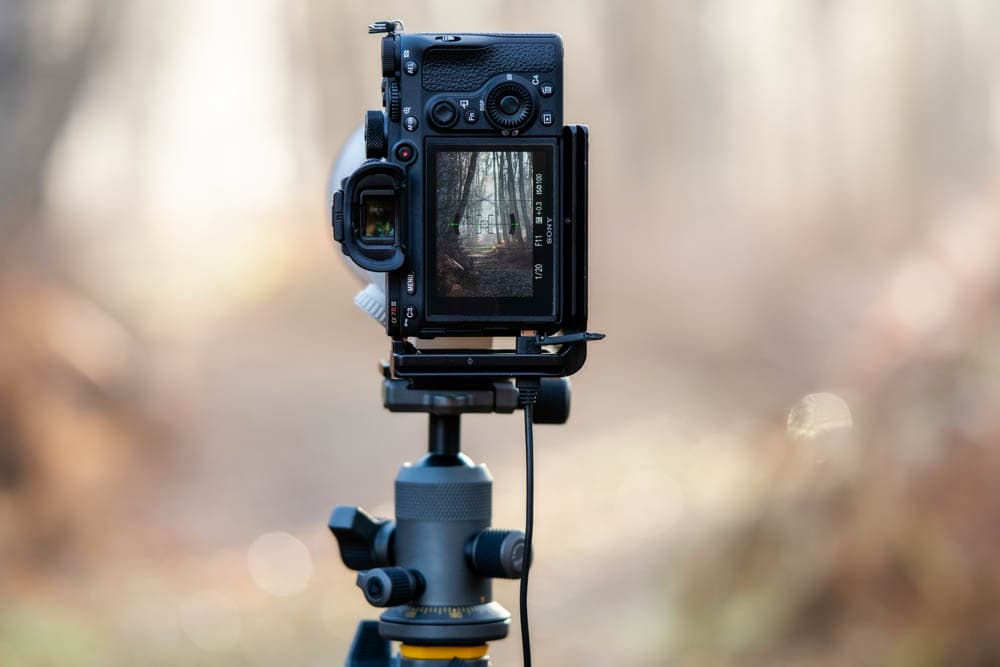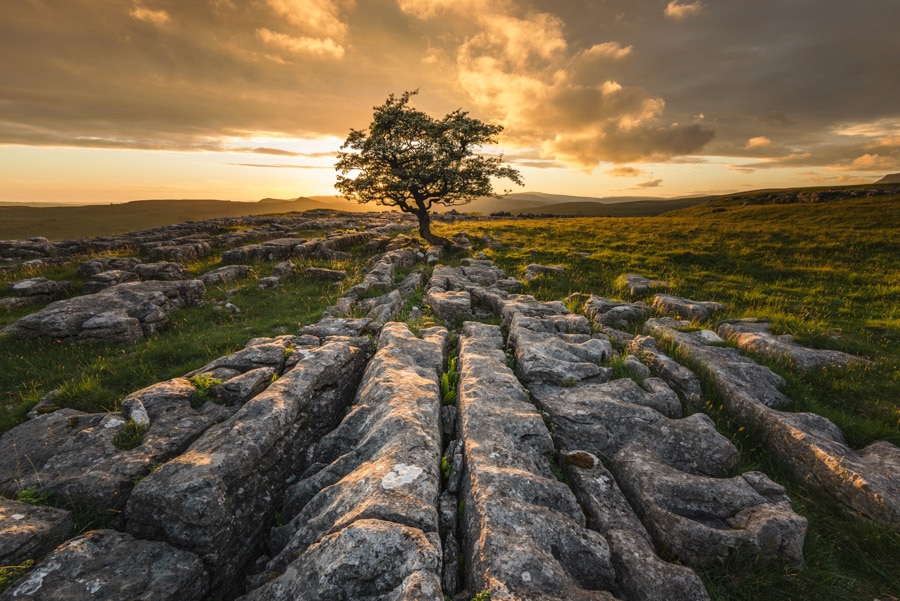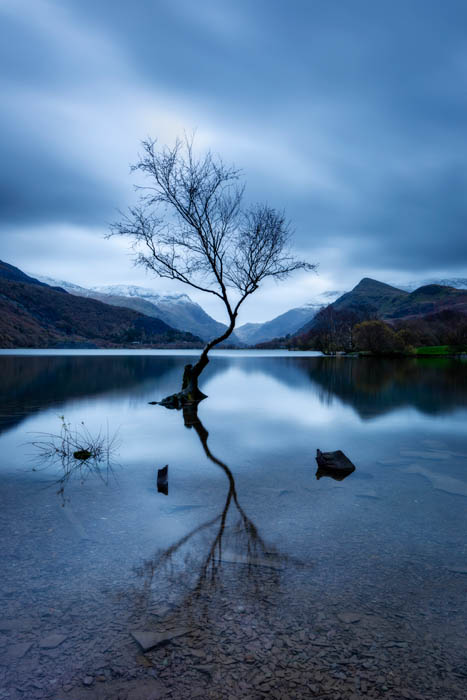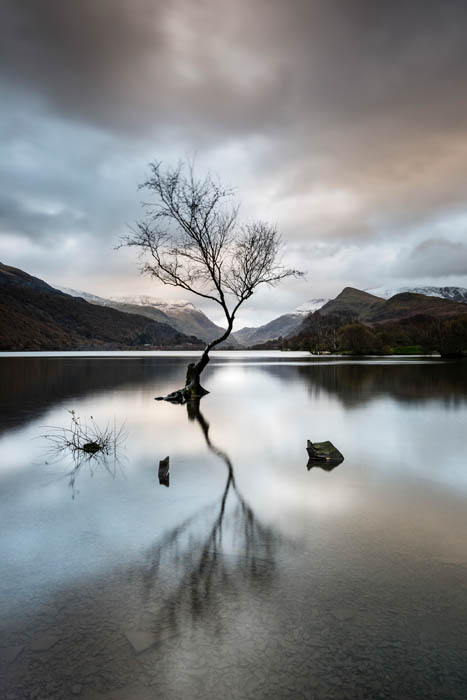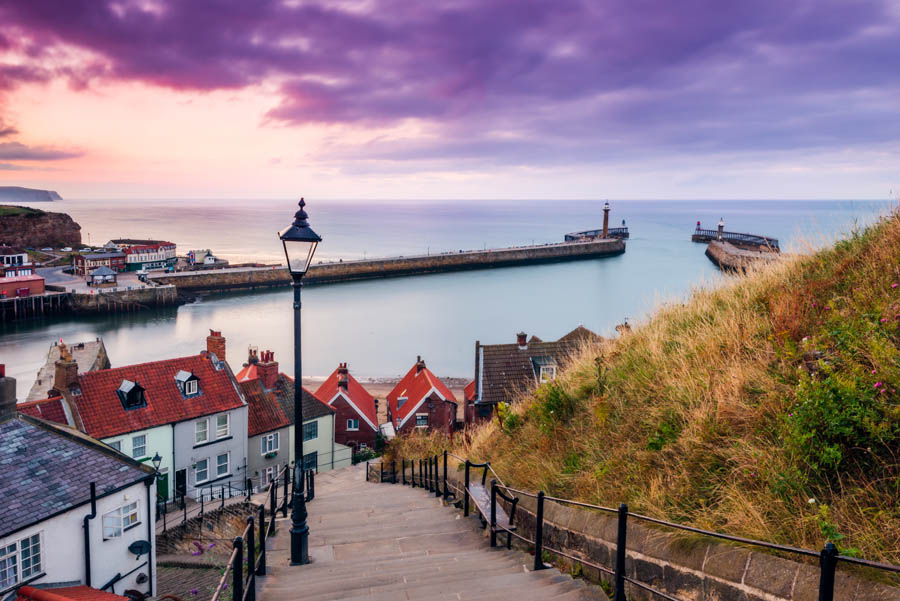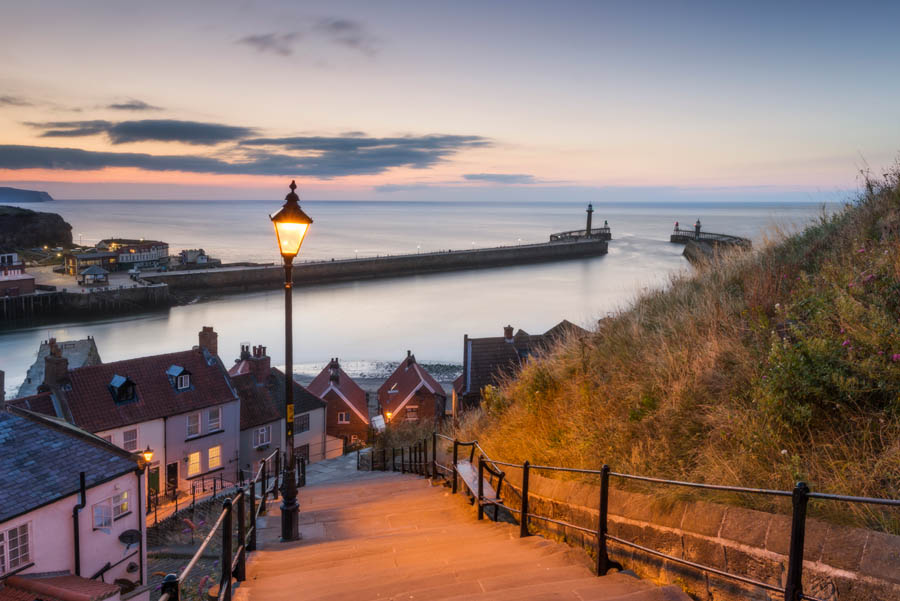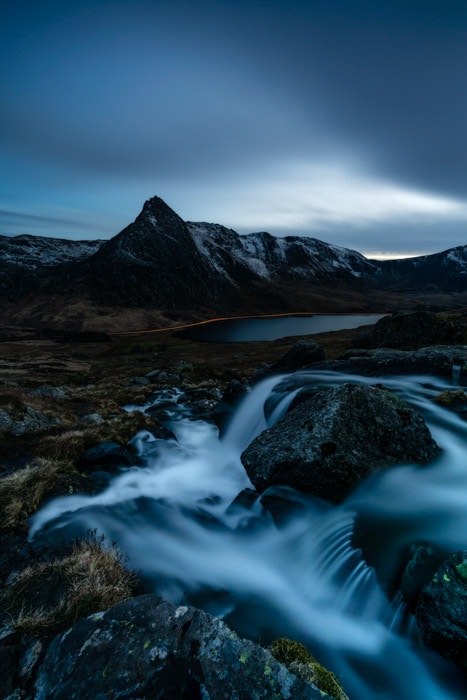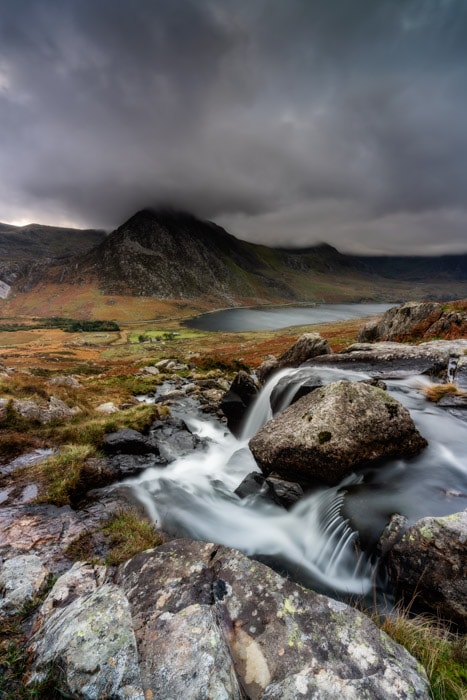Timing is everything when it comes to landscape photography, so to capture landscapes in the best light possible you ideally need to be on location and ready to shoot before, during and after golden hour. Bur while sunrise and sunset are considered the best times to shoot landscapes, they’re far from the only options. Throw the weather into the mix and you may even find that conditions are actually better well after sunrise has taken place. And on a moody and cloudy day, you may even be able to get great results throughout the day.
Landscape photography is often a waiting game; sometimes you have to wait for a break in the cloud to allow light to pour through, and others it’s simply a case of being on location earlier than and/or staying later than golden hour. If you’re in position with the camera set up ready to shoot, you’ll be able to capture the light as it changes giving you more image options to choose from. You might find that you prefer the light conditions before or after sunrise rather than the time when the sun is in the ‘optimum’ position.
Enjoy dramatic colour and light
The most dramatic effects can often be achieved when shooting into the light. And the most dramatic light itself occurs when the sun is just above the horizon, backlighting elements within the scene and creating eye-catching areas of light and shade. In these situations, you can use filters or techniques such as HDR to help maintain detail when contrast levels are so high.
Capture blue hour
Just like golden hour, blue hour isn’t actually an hour and its length varies at different times of the year. But, as the name suggests, it makes scenes appear blue because mostly blue wavelengths of light are reaching your location. As sunrise nears, more colour will naturally enter the scene until the light neutralises. Conversely, at the other end of the day blue hour takes place after the sun has set.
[before-after width=”60%” viewer_position=”center” overlay=”false”]
[/before-after]
These two images of the famous lone tree at Llyn Padarn were taken just 30 minutes apart, but the first was captured during blue hour when the light was naturally blue and long exposures were required. The second was taken just as the sun came up behind thick cloud on the horizon.
Wait for dusk
When the sun has gone down and blue hour has finished, don’t rush away just yet as there are still opportunities to enjoy, especially if you’re in an urban environment with artificial lights. The best time to shoot urban night scenes is at dusk when there’s still a faint blue glow in the sky and all the street lights have come on. This is always much more interesting than a black featureless sky.
[before-after viewer_position=”center” overlay=”false”]
[/before-after]
Soon after a bright and colourful sunset the sky began to clear as dusk set in and street lights came on. While the composition is identical in each image, the shots were taken less than an hour apart and the overall mood captured in each is completely different.
Revisit locations
When you get that ‘killer shot’ in a location there can be a temptation not to revisit for a long time because you don’t feel that you need to. The advantage of a revisit, however, is that you can capture the same image in different weather conditions and/or a different season, and the results are a great way to show a comparison of these aspects.
[before-after width=”60%” viewer_position=”center” overlay=”false”]
[/before-after]
These two images were taken six months apart – in early spring for the blue hour image and autumn for the moodier shot. The composition is almost the same, but the look and feel of the two images is completely different which made the second visit later in the year worthwhile.
Get more from your landscape photography
Landscape photography is one of the most popular genres for a number of reasons, not least because with the right conditions you can capture the ever changing beauty of the world around you. With these simple tips you’ll be able to get much more from your landscape photography immediately.
To check out my landscape photography click here
Take a look at my YouTube channel for editing tutorials here
